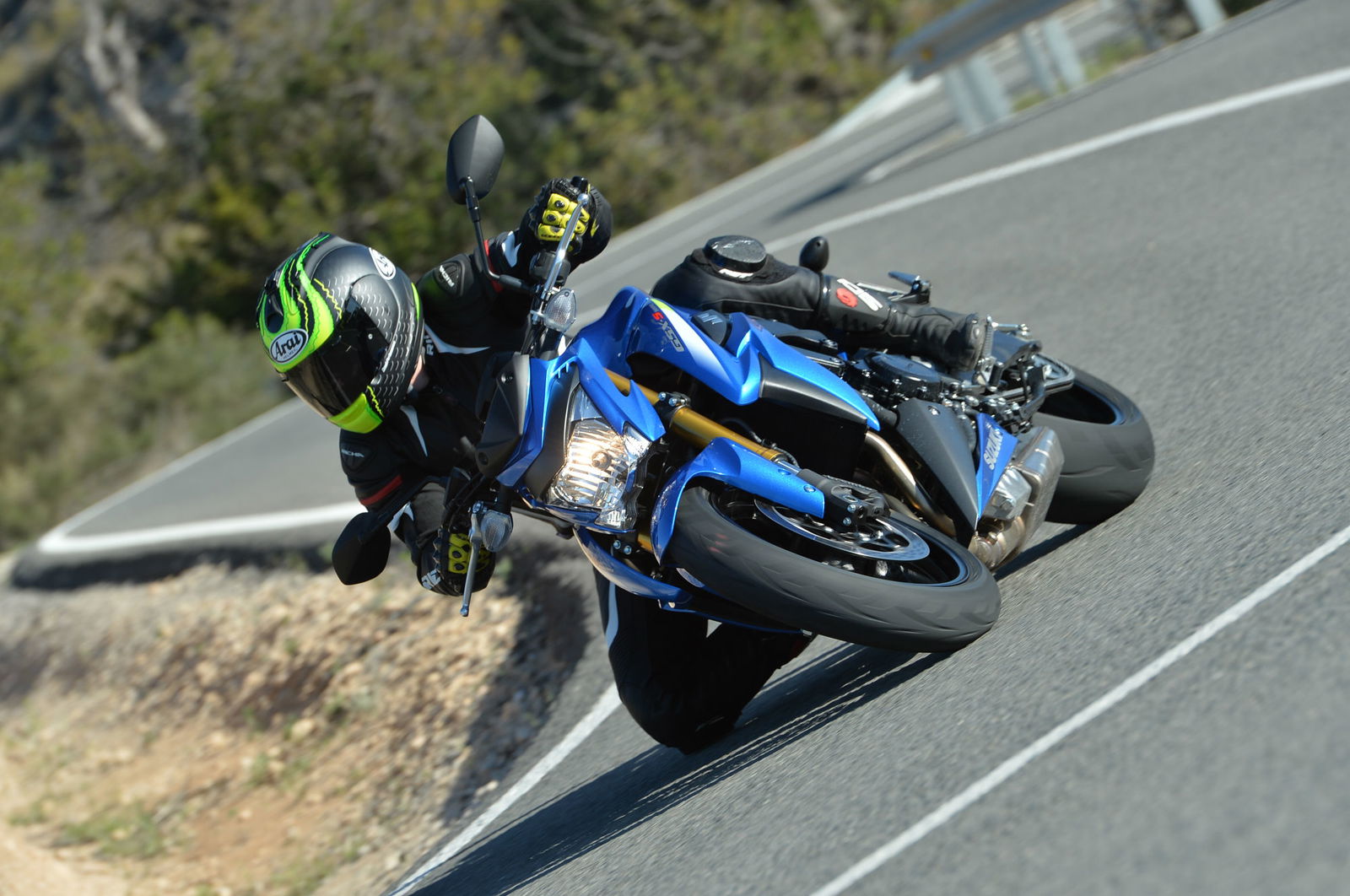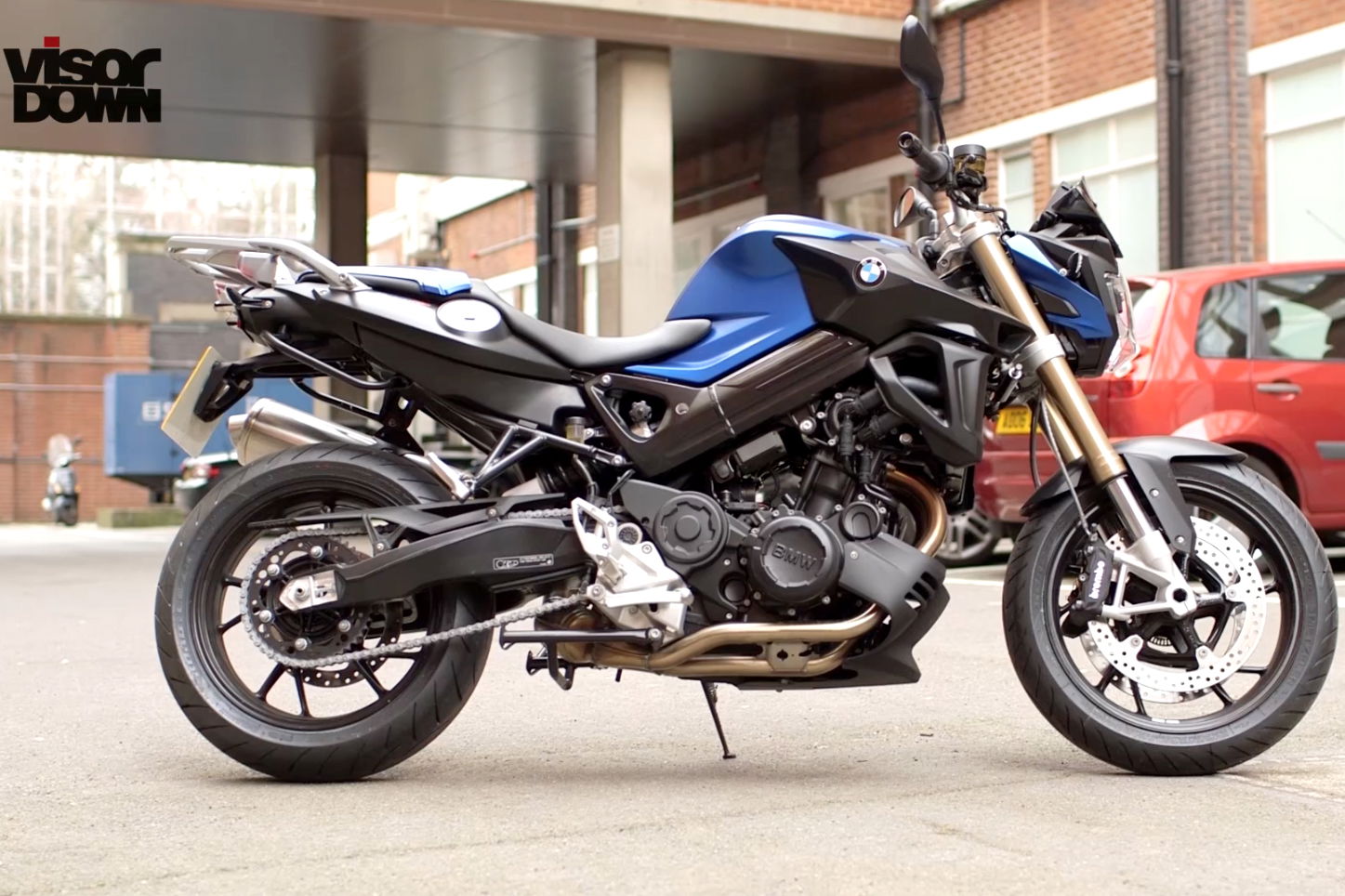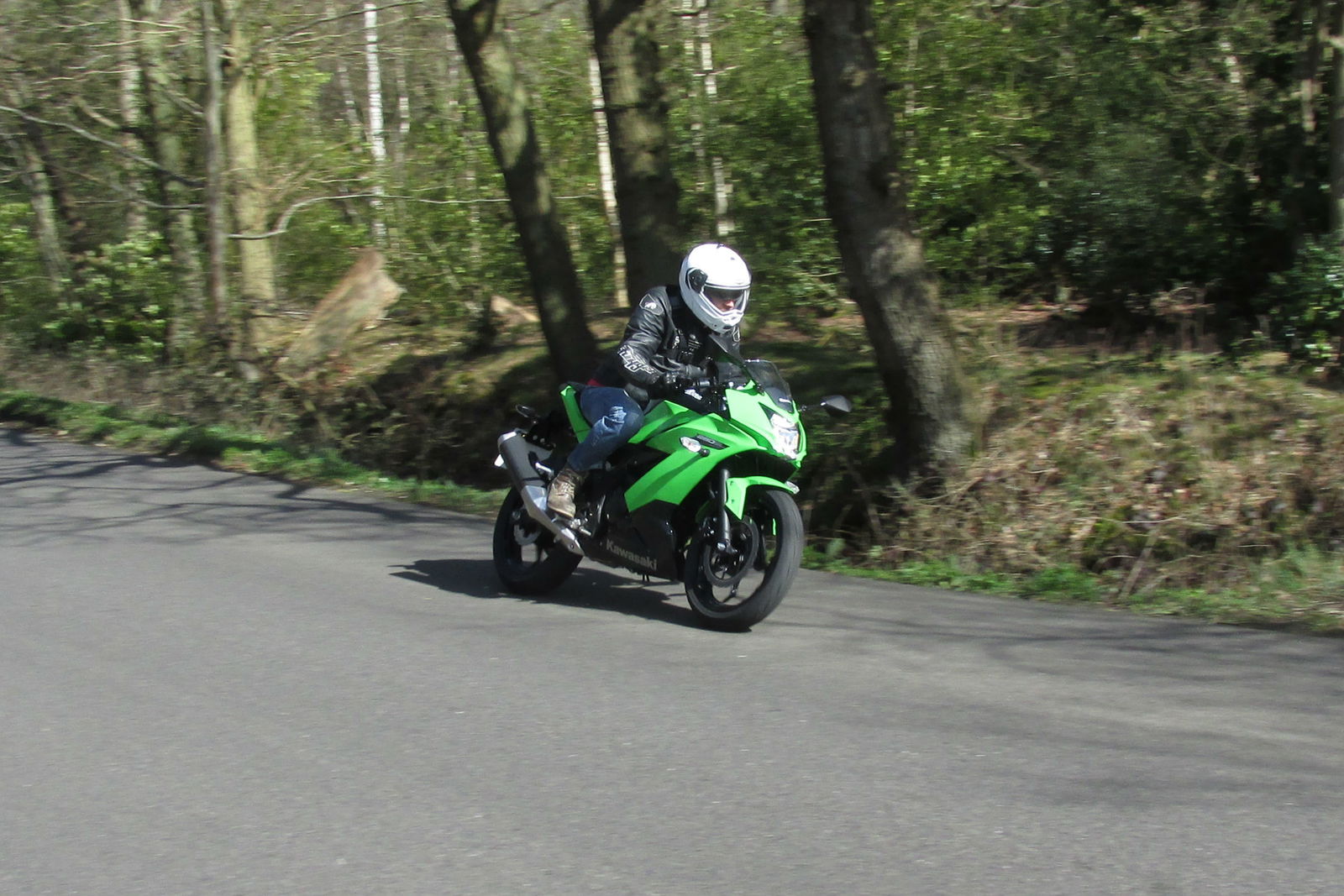First ride: Suzuki GSX-S1000 review
A simple super-naked to challenge the S1000R and Super Duke R


SUZUKI is a bit behind the game in the super-naked class. A year after the launch of BMW's S1000R and KTM's 1290 Super Duke R, the Japanese marque has just entered the fray with GSX-S1000.
After a long test ride on the all-new 2015 model in southern Spain, I can tell you it was worth the wait.
No, it doesn’t have 177hp like the Super Duke R. Neither does it have a complete (optional) electronics package like the S1000R. And it doesn't look like it came from the 'Dark Side of Japan'. But it does offer all the fun you expect from a super-naked.
A big part in that is played by the silky smooth, rev-happy engine, taken from the 2005 GSX-R1000 K5 and retuned. At 143.5hp, it's got enough power to satisfy former superbike owners, especially when it's so broadly spread over the rev-range.
Torque surges between 2,000 and 6,000rpm, while the real fun-zone is from 7,000 to 10,000 on the small digital dashboard. Around the 9,000 mark, there’s an aggressive top-end punch, even at 130mph in sixth gear.
Combine this with a decent rolling chassis plus some sticky tyres, and you’ve got a recipe for hooliganism.
As well as a stiff aluminium Deltabox frame and well set-up suspension, the GSX-S1000 also offers a small but useful electronics package.
It consists of two optional elements only: ABS and traction control, in my opinion the most valuable electronic safety-gadgets on any bike. While the ABS cannot be switched off, it’s very easy to adjust the TC. You just press a button with your left thumb and select one of three modes offering varying degrees of intervention. 'One' is the least invasive and 'three', or 'wet mode', the most. Alternatively you can opt for 'off'. You have to close the throttle before the mode will actually change.
Under a hot sun, on grippy asphalt, with Dunlop Sportmax D241 tyres on the six-spoke aluminium rims, I didn’t really need the TC though.
Only on the famously slippery Spanish pedestrian crossings, with the traction control on level three, did the TC light illuminate on the dash as the electronics gently intervened.
The brakes lack some initial bite. There's plenty of stopping power but you need to push the adjustable lever just a little harder than you would expect from a double 310mm Brembo set-up.
The instrument panel is quite small, with a lot of information crammed in, so it takes some time to get used to. I won't say it’s cluttered but you sometimes need more than a split-second to find your trip meter or fuel level, for instance. The rev-counter and gear indicator are easier to locate, as is the big speedometer, so you’ll always know exactly how much you’re speeding.

